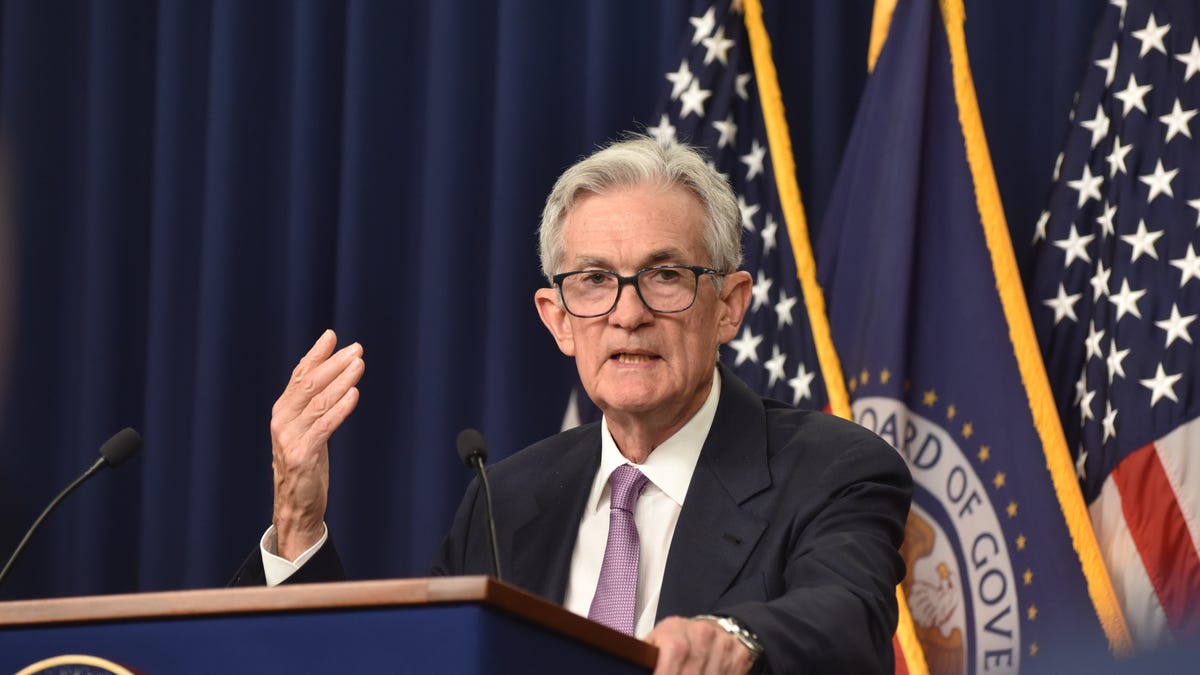Jobs
The Federal Reserve cuts interest rates again as the jobs market cools

In This Story
The Federal Reserve on Thursday carried out its second consecutive interest rate cut, lowering the federal funds rate by a quarter-percentage point to between 4.50% and 4.75%.
Amid an easing labor market and steady progress on taming inflation, the Federal Open Market Committee unanimously voted to reduce rates by 25 basis points. At its September meeting, the central bank’s decision-making arm opted for a jumbo, 50-basis-point reduction to the benchmark rate, in its first cut in more than four years.
“The Committee judges that the risks to achieving its employment and inflation goals are roughly in balance,” the FOMC said in a statement Thursday. “The economic outlook is uncertain, and the Committee is attentive to the risks to both sides of its dual mandate.”
Questions about the direction of the U.S. economy have gained momentum in the days following Donald Trump’s presidential election victory. Several economic analyses have shown that Trump’s proposals could have knock-on effects on the economy, including raising inflation, increasing unemployment, lowering GDP, massively adding to the federal debt, hastening Social Security’s insolvency, and boosting tax rates for the vast majority of Americans.
“In the near term, the election will have no effects on our policy decisions,” Fed Chair Jerome Powell said in a post-meeting press conference Thursday.
“The economy is strong overall and has made significant progress toward our goals over the past two years,” Powell told reporters. “We continue to be confident that with an appropriate recalibration of our policy stance, strength in the economy and the labor market can be maintained with inflation moving sustainably down to 2%.”
For the data-dependent Fed, it has become difficult to measure the health of the economy as recent data has been muddied by dual hits from hurricanes and a massive work stoppage at Boeing (BA+2.66%).
The U.S. economy added just 12,000 jobs in October, well below Wall Street expectations and plunging from a 12-month average of 194,000, according to data from the Bureau of Labor Statistics (BLS) released Friday. Much of this was attributable to the temporary shocks, particularly in the temporary help services and manufacturing sectors.
Downward revisions to August and September data, however, paint a picture of a softening labor market: August job creation was revised down by 81,000, to 78,000 from 159,000; and September was revised down by 31,000, to 223,000 from 254,000. The unemployment rate held steady from September at 4.1%
“The labor market has cooled a great deal from its overheated state of two years ago and is now essentially in balance,” Powell said, justifying the continued rate cuts. “It is continuing to cool, albeit at a modest rate, and we don’t need further cooling.”
At the same time, inflation as measured by the Federal Reserve’s preferred inflation gauge, the Personal Consumption Expenditures (PCE) index, slowed to an annual rate of 2.1% in September, the Bureau of Economic Analysis said last Thursday.
The consumer price index, another key inflation measure, was up 2.4% annually in September, according to the BLS — a 0.1 percentage point slowdown from August and the smallest annual reading since February 2021. These figures point to inflation slowly creeping towards the Fed’s target of 2%.
A majority, or some 78%, of economists are expecting the FOMC to carry out another 25-basis-point rate reduction at its December meeting, according to the CME Group’s (CME+0.39%) FedWatch tool. However, some Wall Street executives have cast doubt on that belief, citing inflationary pressures.









